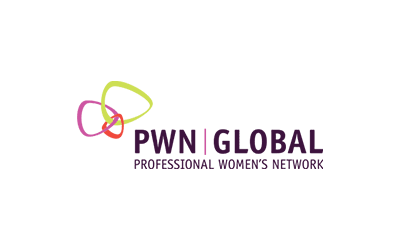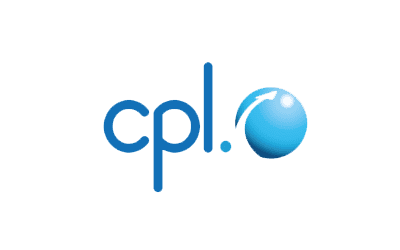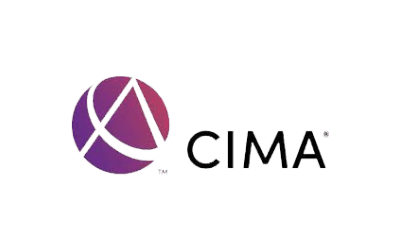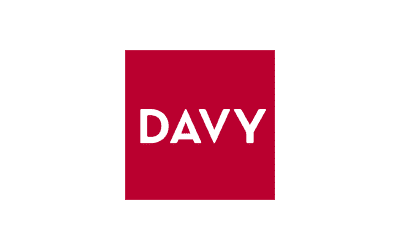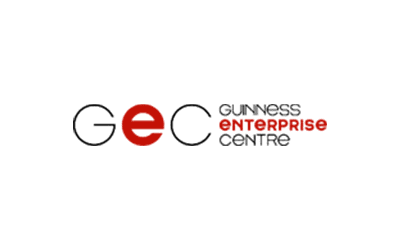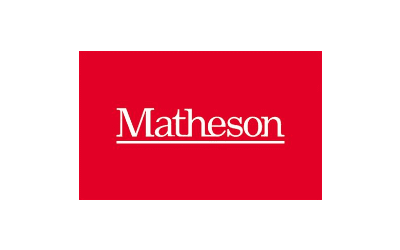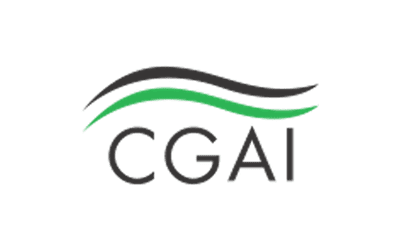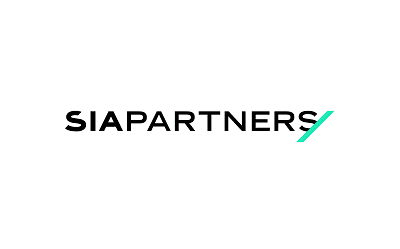Monday 21st December, 2020
Doubling down on diversity
Everyone has a role to play in making the organisation a more inclusive environment where diversity can thrive, explains Deirdre Gavin, HR Director and Head of Inclusion & Diversity at Bank of Ireland
The case for inclusion and diversity
The commercial successes accredited to more diverse organisations are well documented and the correlation between business growth, financial out–performance and diversity has been well-established. The business case is a valuable lens and can certainly serve to pique the attention of leadership intent on enhancing value to shareholders and increasing profits. There is however a growing school of thought that the unintended consequences of over reliance on this driver can lead to disillusionment, stagnated employee engagement and can even be disempowering for minority groups.
There are other important reasons for enhancing inclusion and diversity. The legal case for ensuring you are fostering an inclusive and diverse organisation is compelling. Discriminatory practices and behaviours have long been outlawed by legislation in this jurisdiction and where found, attract significant penalties for employers, to say nothing about the reputational impact.
But equally we should not need to rely on the stick of potential litigation to eradicate poor or discriminatory practices. Nor should we take any honour in the thin blanket of safety provided by meeting, as a baseline, minimum statutory requirements. Sure, we can align ourselves to the legislation, public policy or regulatory benchmarks but is this good enough in the ‘woke’ era?
These commercial, legal or moral underpinning drivers of inclusion and diversity in an organisation are rarely mutually exclusive and more commonly, coexist in complement of one another. It is the culture of an organisation, its leadership and all colleagues within it, that will determine which driver will resonate to action and how that action will manifest. Systematically doing the right thing and consistently striving for better progress, faster, will not only glean the commercial success above but will do so through better colleague engagement, attracting the best talent to your organisation and getting the best from them.
“Diversity and Inclusion cannot fall to one person, team or department to drive accountability. Where it works best, Inclusion and Diversity is championed throughout the organisation from the top down and bottom up, with the colleague voice enabled and heard.”
For example, one of the things that has been most effective in our efforts to create an environment of diversity at Bank of Ireland, has been the establishment of colleague networks. These networks, each sponsored by senior leadership, represent Gender Balance, Multicultural, Parents & Carers, Accessibility, With Pride and Intergenerational interests. The networks not only provide an invaluable resource for colleagues but critically also shape, inform and support the delivery of the Inclusion and Diversity strategy.
Asking the tough questions….
For any organisation looking to challenge itself to do better, it must be prepared to ask itself tough questions. Is there really any bona fide reason why an organisations demographic does not mirror that of the society within which it operates? And where this harmony does not exist, as it rarely does, do we try to really understand why and challenge the uncomfortable truth that there are often biases, conscious, unconscious and systemic, at play contributing to the perpetuity of this disconnect. One of the ways in which we counter this at Bank of Ireland is through our commitment to creating a psychologically safe environment where inclusive leadership is exemplified.
If we are not asking ourselves these questions, there are plenty of others who will! Increasingly customers are more aware and concerned about key social issues. Across the Financial Services industry, regulators are also questioning the level of diversity that exists and see it as one of the enablers of a more open, challenging organisation, less likely to fall into the pitfall of group-think. Despite its many flaws, social media also has the power to hold organisations to account through positive social pressure. This in turn can influence not only public perception and reputation but also an organisation’s brand, its ability to attract and retain both colleagues and customers, as well as the bottom line.
Efforts to increase diversity need to be thoughtful, deliberate and outcome focussed. Cynical as it may sound, diversity metrics alone can be demonstrably enhanced without ever changing the dial on an organisation’s culture, inwardly asking the tough questions or invoking real and sustaining change. It can be bought, in-sourced, measured and reported with relative ease. However, this is unlikely to be sustainable without further endeavours. To be truly effective and to make diversity an integral way of working, an organisation’s culture needs to be one of inclusivity first.
In order to improve you need to really understand where you are. At Bank of Ireland we now measure our employee demographic across multiple diverse characteristics and set ourselves challenging targets for improvement where we fall short of representative equality across these characteristics. We also ask our colleagues how we are doing both through our employee networks and our engagement surveys at multiple points throughout the year, listen to their responses and act. When we know better, we can do better.
Acting with integrity
Improving the inclusivity and diversity of your organisation can necessitate challenging cultural change, and more fundamentally it requires significant effort to transform work practices that will result in meaningful and sustaining change that ensures colleagues feel empowered and included. Inclusion and diversity need to be at the core of how you operate, from how you recruit and develop talent, to the supplier contracts you employ, how you engage with and attract customers, from colleagues at entry level to leadership level throughout the organisation. It requires recognition of the visible and invisible barriers that exist and a concerted effort to remove these.
But these are just some examples of the tangible changes that can help shift the dial. There is no one list of things to do, no singular strategy, no silver bullet that can remedy a lack of diversity or enhance inclusion overnight. There is also no defined end point, just a continuum of progression.
If you always do what you always did, you’ll always get what you always got and that’s just not good enough anymore.

